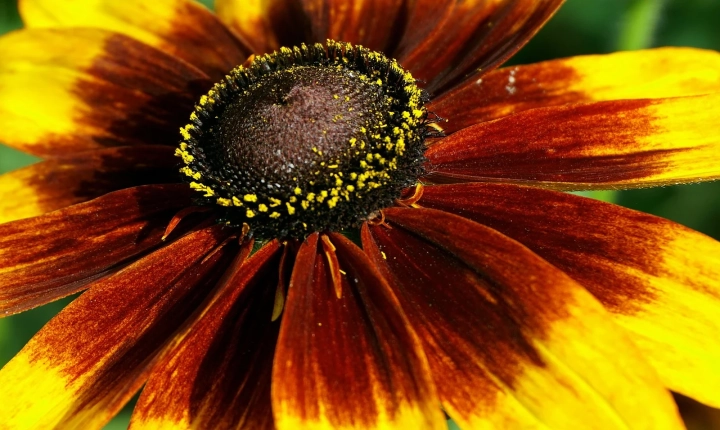Is AI-Generated Art Copyrighted?
The rise of artificial intelligence (AI) has introduced a plethora of new and exciting developments, one of which is the creation of AI-generated art. This cutting-edge technology has sparked discussions regarding the copyright and ownership of these digital creations. As AI continues to advance, issues such as whether AI-generated art can be copyrighted have become increasingly relevant in the art world and beyond.
The concept of copyright is grounded in the idea of protecting the original works of creators, granting them exclusive rights to reproduce, distribute, and display their creations. However, when it comes to AI-generated art, the lines become blurred. Traditional copyright law often relies on the notion of human authorship, which poses a challenge when attributing the creation of art to a non-human entity.
One of the major debates surrounding AI-generated art is whether it can be considered original and unique enough to qualify for copyright protection. Proponents argue that AI algorithms can produce highly sophisticated and original pieces of art that are distinct from any human-created works. They contend that the process of training the AI, designing the algorithm, and selecting the inputs contributes to the creation of a unique piece of art that should be protected under copyright law.
On the other hand, critics argue that due to the lack of human authorship, AI-generated art may not meet the requirement of originality necessary for copyright protection. They argue that the lack of individual human expression and creativity in the traditional sense sets AI-generated art apart from human-made creations, potentially disqualifying it from copyright protection.
Some legal experts believe that the determination of copyright for AI-generated art should be based on the involvement of human input in the creation process. If the AI algorithm is simply a tool used by a human artist to assist in the creative process, then the resulting art may be eligible for copyright protection, with the human artist being recognized as the primary author. However, if the AI autonomously produces the art without direct human intervention, the question of copyright becomes more complex.
The need for clarification on these issues has prompted some policymakers and legal scholars to propose potential solutions. One proposed approach is to create a new category of intellectual property protection specifically tailored to AI-created works. This would involve devising a set of guidelines and regulations to govern the ownership and rights associated with AI-generated art.
Another suggestion is to rely on existing copyright laws and modify them to accommodate AI-generated art. This may involve expanding the definition of “author” to include non-human creators or determining ownership based on the degree of human input in the creation process. Additionally, some advocate for requiring a form of registration or acknowledgment of AI-generated art, similar to the copyright registration process for traditional works.
As the debate rages on, it is clear that the legal landscape surrounding AI-generated art and copyright is in need of further development and refinement. The intersection of AI technology and the traditional concepts of creativity, authorship, and ownership presents complex challenges that call for innovative solutions.
In conclusion, the question of whether AI-generated art is copyrighted remains an open and evolving issue. While there are compelling arguments on both sides, the legal and ethical implications of AI-generated art raise important questions about how copyright laws will adapt to technological advancements. As AI continues to shape the future of art, it is crucial for policymakers, legal experts, and the artistic community to collaborate in defining the parameters of copyright protection for this groundbreaking form of artistic expression.
